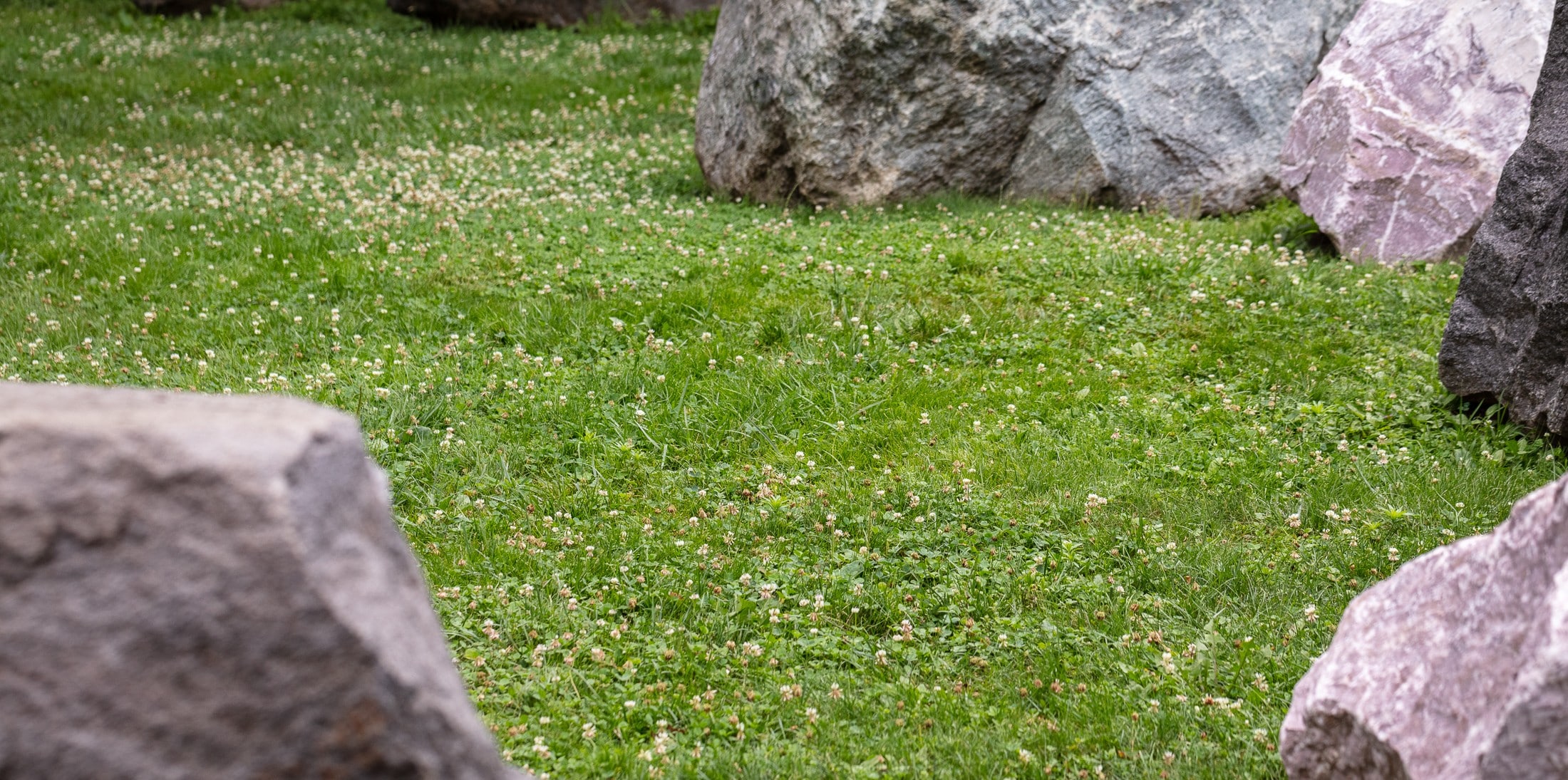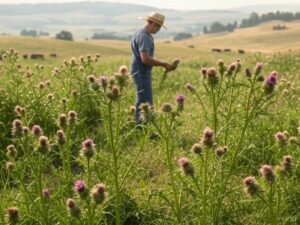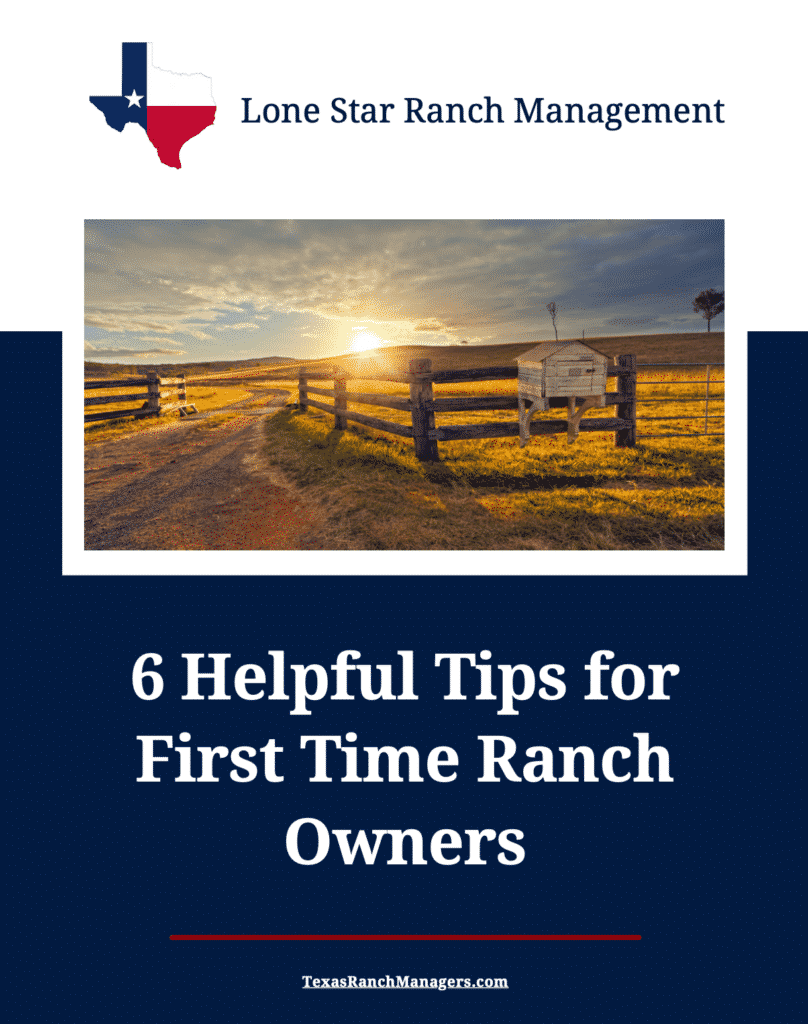Driving through suburban neighborhoods, you will see finely manicured lawns that are pleasing to the eye, but have you considered if they are pleasing to the environment?
Turfgrass lawns look good; however, they require pesticides, fertilizers, and chemicals to maintain that appearance. Additionally, the soil, water, insects, and wildlife can be contaminated by these products which causes long-term negative consequences to the environment.
A positive, low maintenance alternative to turfgrass is a pollinator lawn.
What is a pollinator lawn?
A pollinator lawn has plants, flowers, and grass that attract insects which spread pollen. They are started much like turfgrass lawns but require less upkeep once the roots are established. Typically, mowing and watering is not needed as often, and the flowers will continue to thrive after being mowed. Insects (bees, butterflies, ants, etc.) will provide natural fertilization through spreading pollen.
Planting a Pollinator Lawn
If you want to grow a pollinator lawn on your property, you will need to do a little research to see what types of grass and plants flourish in your area. A good place to start would be your local ag extension office or the Texas A&M AgriLife Extension website.
Then, you should evaluate the current status of your lawn.
WELL-ESTABLISHED AND GOOD CONDITION LAWN
You may already have a thriving turfgrass lawn but want to transition to a pollinator lawn. This is the easiest way to go. In late Fall, Winter, or early Spring, cut your lawn very short (almost to soil level) before you spread a mixture of pollinator plants and grass. Water frequently until the seeds take root and grow. Do not use any fertilizers or pesticides. Let nature take its natural course.
DAMAGED, DYING, OR HEAVILY WEEDY LAWN
If your current lawn is damaged, dying, or heavily weedy, then you should make a fresh start. Completely remove all grass, weeds, and plants so that all there is left is soil. Spread your mixture of flowers and grass seeds conducive to pollination. Water frequently, but do not mow until the grass is about 6” high. The first season will be a building year which will grow strong roots and foster stability. During the second season, you will begin to see the positive effects: natural pollination, less watering, and little mowing.
Maintaining a Pollinator Lawn
The great thing about a well-established pollinator lawn is that it requires little maintenance. You should not need to spread fertilizer because insects are spreading pollen which is nature’s fertilizer. To remove unwanted weeds, simply pull them by hand instead of applying pesticides. Pollinator lawns do not need watering once they have stabilized unless your area is in a drought. Lastly, your lawnmower will begin collecting dust because your lawn will not require much cutting.
Conclusion
Growing a pollinator lawn will ultimately save you money and time while also supporting the environment around you. Furthermore, you will have an attractive lawn that handles foot traffic and is low maintenance. Contact Lone Star Ranch Management for additional information or questions. Ryan is ready to help!
Resources
Smithsonian Gardens: What is a pollinator lawn?
https://gardens.si.edu/learn/for-educators/what-is-a-pollinator-lawn/
Texas A&M AgriLife Extension: Lawn and Garden
https://agrilifeextension.tamu.edu/assets/plants-crops/lawn-garden/






